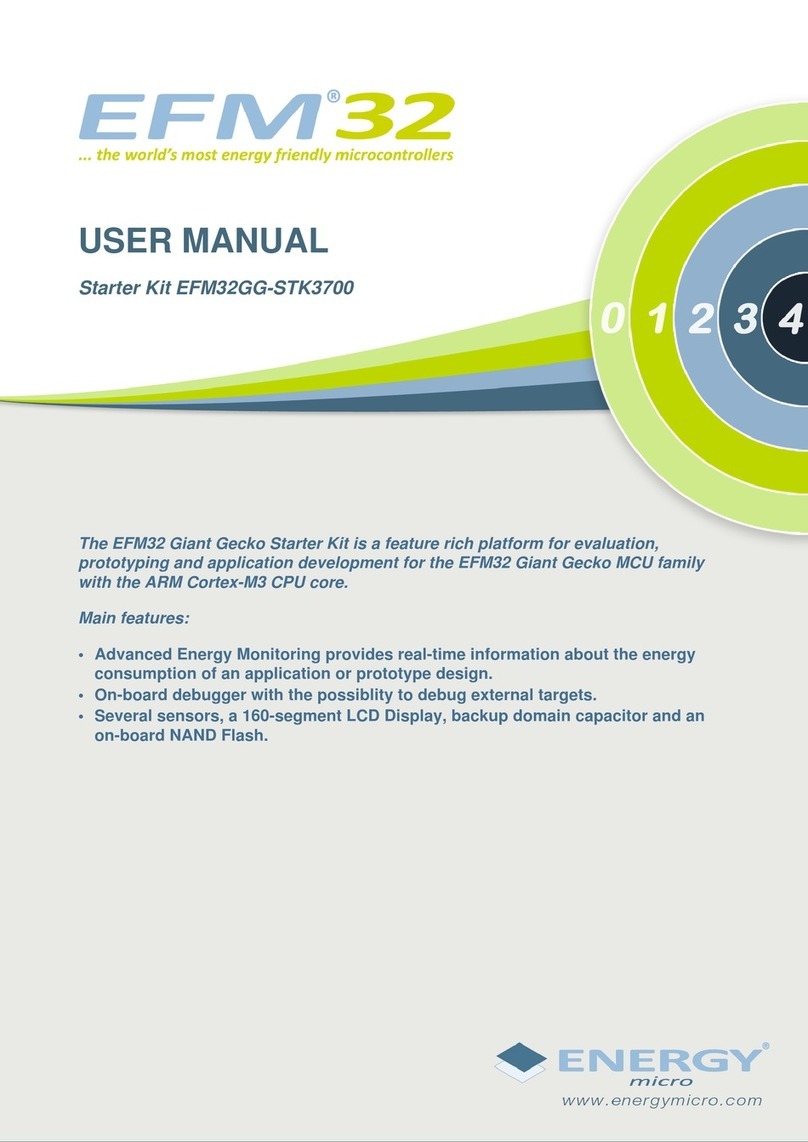
NT6861
8-Bit Microcontroller for Monitor
1V2.0
Features
n40 pin DIP & 42 pin SDIP package
nOperating Voltage Range: 4.5V to 5.5V
nCMOS technology for low power consumption
nCrystal oscillator or ceramic resonator* available
n6502 8-bit CMOS CPU core
n8MHz operation of frequency
n4/8/12/16/24K bytes ROM are available
n256 bytes of RAM (which stores EDID for DDC1/2B)
nOne 8-bit pre-loadable base timer
n14 channels of 8 bit PWM outputs:
6 channel with 5V open drain and 8 channel with 12V
open drain
n2 channel A/D converters with 6-bit resolution
n24 bi-directional I/O port pins and 1 I/P pin
nHsync/Vsync signal processor
nHardware sync signals polarity & freq. evaluator
nBuilt-In I2C bus interface
nSupporting VESA DDC1/2B function
nSix-interrupt sources
- INTV (Vsync INT)
- INTE (External INT with rising edge trigger)
- INTMR (Timer INT )
-INTA (Slave Address Matched INT)
- INTD (Shift Register INT)
- INTS (SCL GO-LOW INT)
nHardware watch-dog timer function
General Description
NT6861 is a monitor component µC for auto-sync and
digital controlled applications. It contains a 6502
8-bit CPU core, 256 bytes of RAM used as working RAM
and stack area, 24K bytes of ROM maximum for
programming, 14-channel 8-bit PWM D/A converters, 2-
channel A/D converters for key detection saving I/O pins,
one 8 bit pre-loadable base timer, internal Hsync and
Vsync signals processor providing mode detection,
watch-dog timer preventing system from abnormal
operation, and an I2C bus interface.
Users can store EDID data in the 128 bytes of RAM for
DDC1/2B, so that users can save the cost of dedicated
EEPROM for EDID. Half frequency output function can
save external one-shot circuit. All of these designs create
savings in component costs.
*The frequency deviation of ceramic resonator has
+/- 6% maximum.



























